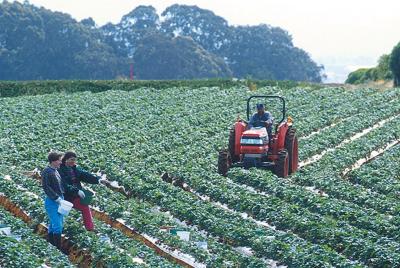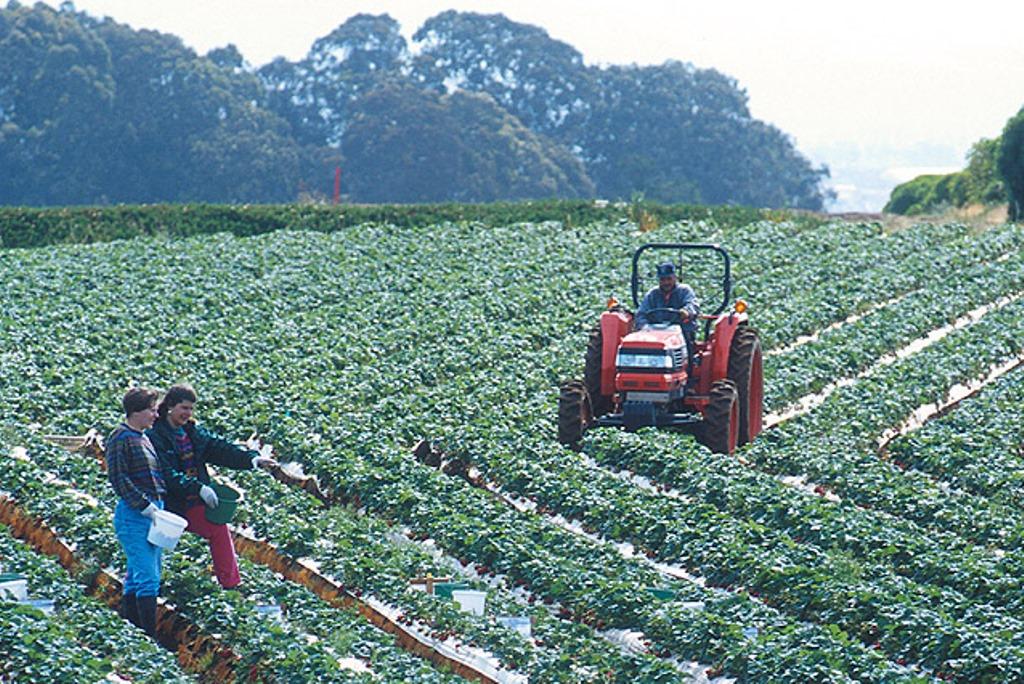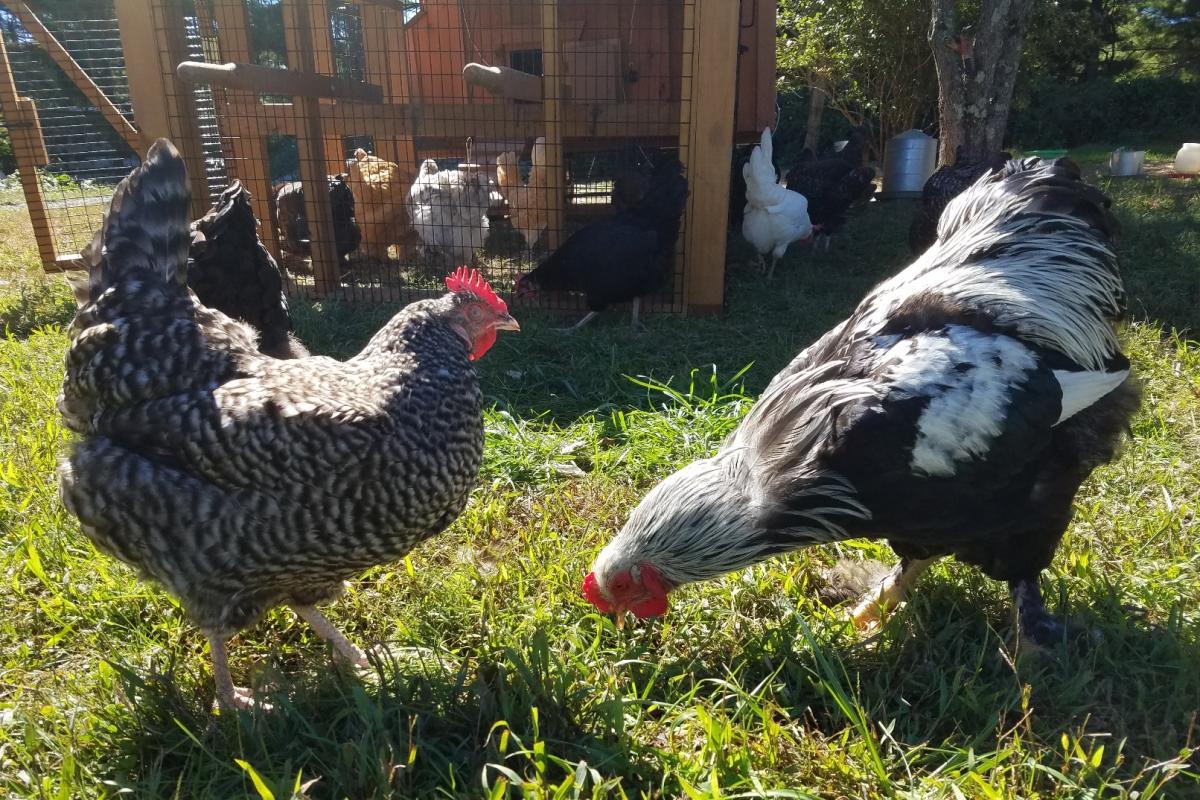While the demand for organics grows, many consumers remain unaware of what exactly the organic label means, and more importantly how challenging it is for farmers to attain it. Even farmers with natural and organic intentions, struggle to make it a reality, especially if they are transitioning from a conventional farm. The transitioning label is meant to provide support and financial opportunities to farmers making the leap.
As the labeling previously stood, a farm had to be operating with organic practices for three full years before they could use the organic label. In other words, the farm had to incur the extra costs of producing organically, but without the ability to charge the premiums that consumers will pay for produce labeled “organic”. Thus, the transitioning process alone was too expensive for many farmers to try.
In January, the U.S. Department of Agriculture (USDA) and the Organic Trade Association (OTA) announced a new program aimed at helping farmers that wish to transition to certified organic agricultural production. According to the OTA, the National Certified Transitional Program (NCTP) will provide oversight to organic certifying agents in order to “help ease the transition process to organic, allow farmers to sell their products as certified transitional at a premium price and help encourage more organic production”.
As the labeling previously stood, a farm had to be operating with organic practices for three full years before they could use the organic label. In other words, the farm had to incur the extra costs of producing organically, but without the ability to charge the premiums that consumers will pay for produce labeled “organic”. Thus, the transitioning process alone was too expensive for many farmers to try.
In January, the U.S. Department of Agriculture (USDA) and the Organic Trade Association (OTA) announced a new program aimed at helping farmers that wish to transition to certified organic agricultural production. According to the OTA, the National Certified Transitional Program (NCTP) will provide oversight to organic certifying agents in order to “help ease the transition process to organic, allow farmers to sell their products as certified transitional at a premium price and help encourage more organic production”.
Transitioning to organic practices typically requires an initial increase in costs and a decrease in production levels. By allowing farmers to be labeled transitional organic, the program gives farmers the opportunity to charge a premium in order the make the financial investment into going organic possible. Meanwhile, the farmers in transition will still undergo the rigorous process of attaining the final certified organic label.
The OTA will begin work on rolling out the NCTP this year, in order to begin helping transitioning organic farms as soon as possible. Overall, the program represents a win for the certified organic industry, as it will make transitioning an actual possibility for a higher number of farmers, as well as a win for the consumers that continue to drive the demand for organic products.
The new transitional labels are in addition to other efforts to move more farmers to organic practices. In December, the USDA also announced more opportunities for farmers going through organic certification to utilize the cost share reimbursements that are used to reduce the costs of certification. But as it stand now, less than 1 percent of all US farmland is certified organic, while the demand for organic products continues to grow. So any additional incentives for farmers to move to organic growing practices are welcomed by both consumers and growers.
What do you think? What else could be done to support transitioning organic farms?
The OTA will begin work on rolling out the NCTP this year, in order to begin helping transitioning organic farms as soon as possible. Overall, the program represents a win for the certified organic industry, as it will make transitioning an actual possibility for a higher number of farmers, as well as a win for the consumers that continue to drive the demand for organic products.
The new transitional labels are in addition to other efforts to move more farmers to organic practices. In December, the USDA also announced more opportunities for farmers going through organic certification to utilize the cost share reimbursements that are used to reduce the costs of certification. But as it stand now, less than 1 percent of all US farmland is certified organic, while the demand for organic products continues to grow. So any additional incentives for farmers to move to organic growing practices are welcomed by both consumers and growers.
What do you think? What else could be done to support transitioning organic farms?







